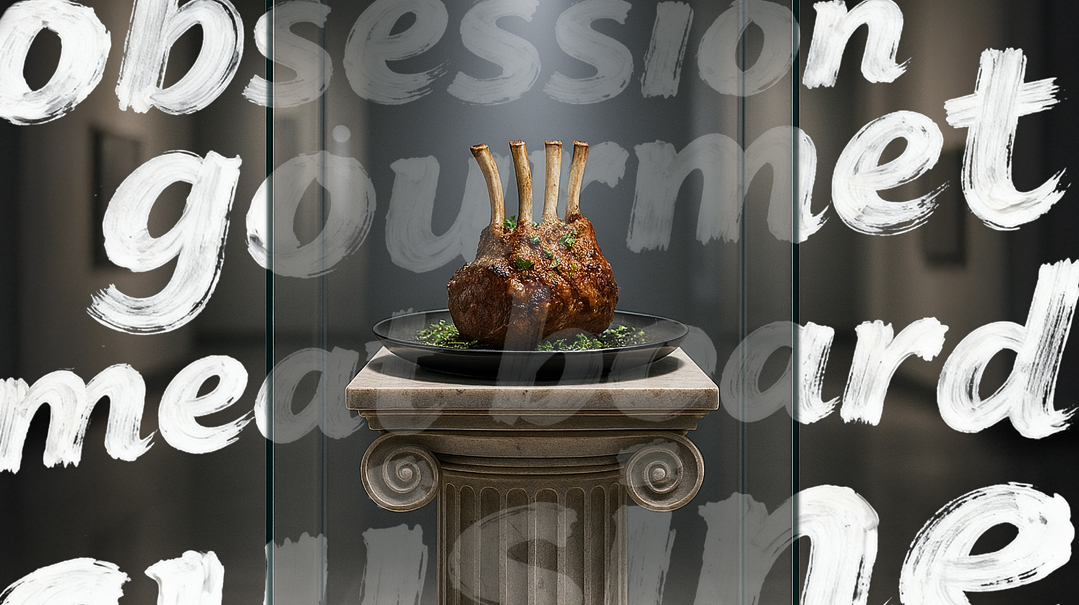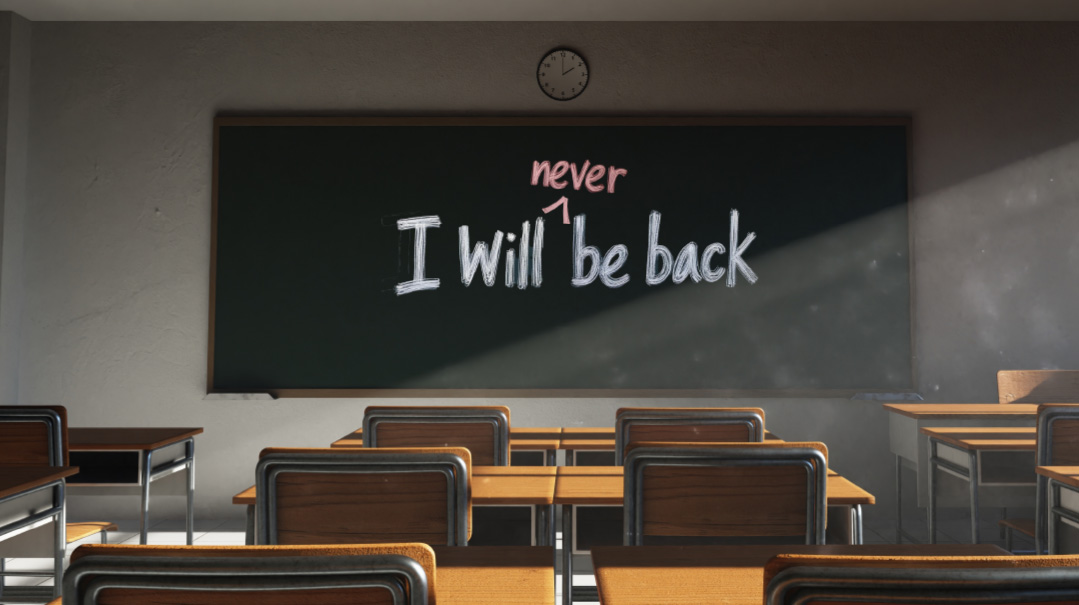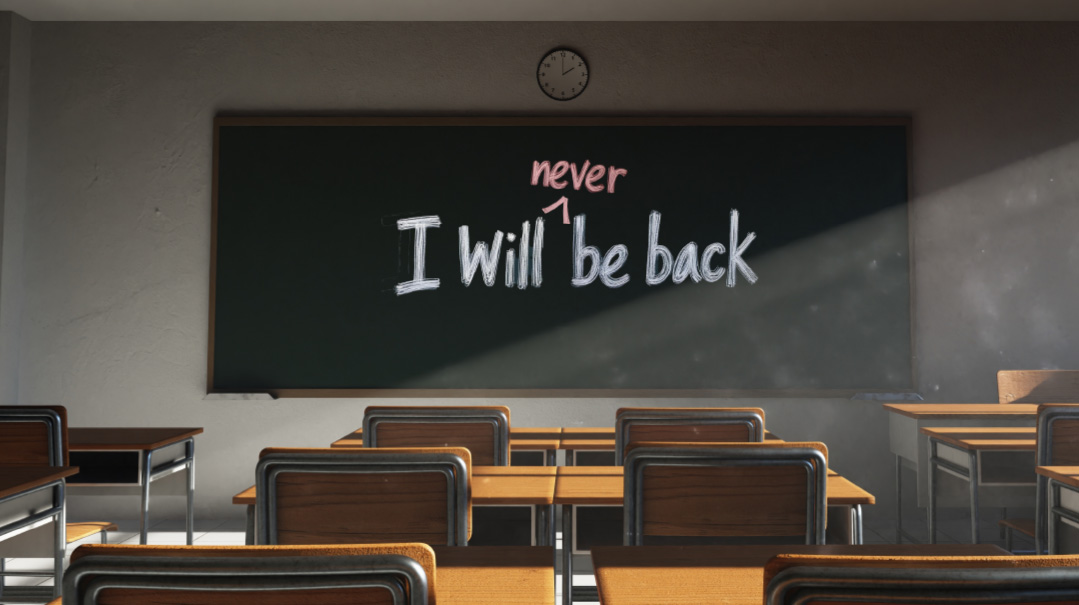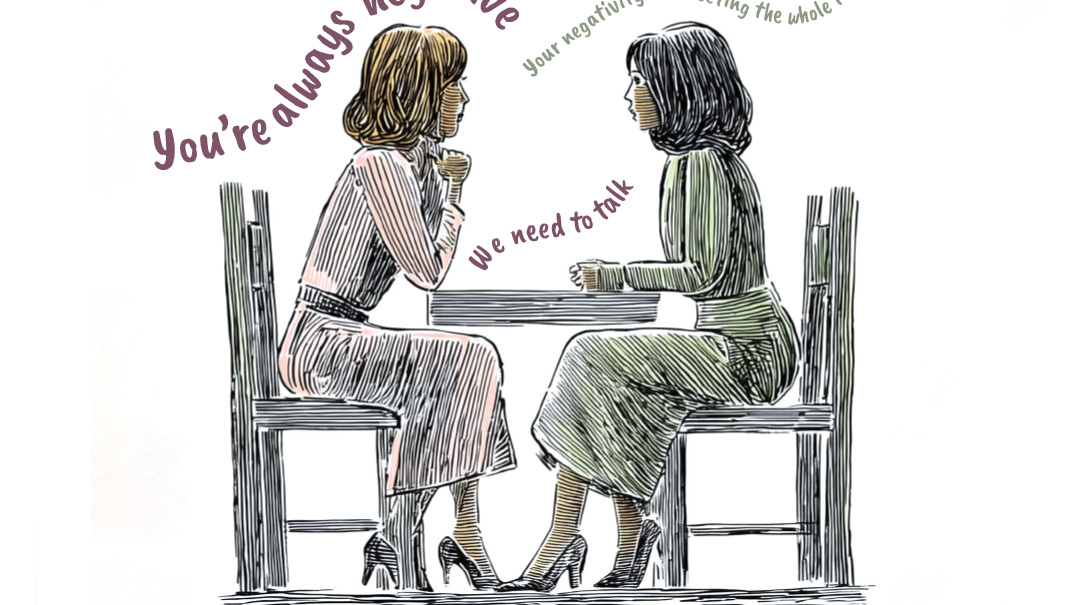Fountain of Youth
| November 12, 2024Has our Botox generation lost the art of aging gracefully?
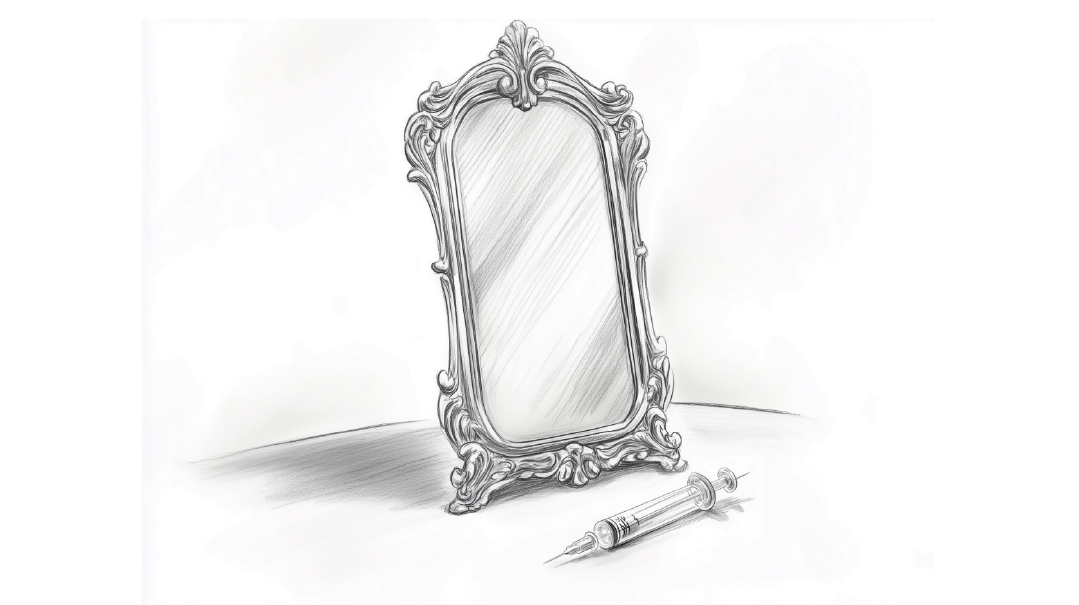
Lately, I find myself jealous of my grandmothers. They were allowed to age in peace.
Of course, they did what they could to take care of themselves. Both were Holocaust survivors who dressed well and never left the house without a touch of makeup. One of my grandmothers even kept a jar of Olay in her pocketbook. But their wrinkles, their lines, the slow softening of their faces? That was something that happened to everyone. When someone looked like they had miraculously turned back the clock, it was a noteworthy exception, and everyone knew it was the likely result of surgical intervention.
Not anymore. It seems that Ponce de Leon has finally found the Fountain of Youth, and everyone drinks from the springs of Botox and Juvederm.
Let me be clear — I have no moral issue with injectables; I’ve used them myself. What bothers me is the judgment surrounding anyone who chooses to embrace the natural aging process. It’s a judgment that claims there is something wrong or shameful about aging. It’s a judgment that says a woman shouldn’t allow herself to be seen this way.
She doesn’t look the way she used to, people say. Look how much she’s changed, they say. She used to look so much better, they say.
It hardly takes a minute for all that judgment to boomerang. You could almost hear people think, What about me? Maybe it’s true for me, too.
And then, I really need to start doing something.
About four years ago, I had a Zoom meeting with a woman I had never met. I set up my computer and hopped on the call, where we met for the first time. I’ll never forget her first words to me.
“Zoom has a filter you could use,” she said.
Bravado forced me to tell her I was comfortable with the way I looked, and that the camera’s harshness didn’t bother me. But I lied. For most of the call, part of my mind was cataloguing the signs of aging I’d noted in the mirror. As a woman in my forties, I was under no illusions. I knew all about the crow’s feet when I smile, the cheeks a tad too hollow, and the lines from my nose to the corners of my mouth. I knew I had aged, but I thought I looked good. At that point, I’d considered injectables, but wasn’t ready.
And here was someone I had never met telling me to use a filter — virtual Botox.
For many, the pressure is intense. My sister told me about a friend of hers who had an appointment scheduled with a dermatologist the day she turned 40.
“She couldn’t move her forehead,” my sister said. “But she told me this is what you do when you turn forty. You go for Botox.”
An acquaintance of mine calls Botox and fillers “basic upkeep.” We were at a wedding when she said this. The room was filled with about a thousand candles and a golden glow, and everyone looked quite beautiful in that light. But after she said that, I wondered if everyone’s luminosity was due to the candles or something else.
My friend went on to say what a shame it was when women don’t take care of themselves and let themselves age. This is what the anti-aging options have done. They’ve snatched away what used to be a right earned. A very natural and normal process is now a sign of a woman who doesn’t care.
Aging was always something women tried to do gracefully, and a good many felt a sense of responsibility to ease the process as much as possible. But today, antiaging has entered another realm completely. Now we try to stop the clock. Today it’s with injectables, but it won’t stop there. Already, there is a drug available proven to disrupt the aging process. Rapamycin has extended the lifespan of mice, and doctors are prescribing it off-label for antiaging purposes, and have seen success. I don’t think there’s anything morally wrong with this, but it can’t leave people unaffected.
Think about the last time you bought something new for your home. What happened next? The rest of the room didn’t look as good anymore. Suddenly, you want to toss all your furniture and start from scratch.
It’s no different with a face. You smooth your forehead, and those circles under your eyes look darker. Then you notice the lines near your eyes and mouth, the softness of your jaw and neck — and it just doesn’t stop. It becomes a black hole of dissatisfaction that’s so easy to get sucked into. It becomes an obsession. That’s why the anti-aging skin care market is a multibillion dollar business. They’re banking on your dissatisfaction, and telling you in a million subtle ways that you could look so much better.
What this fails to take into account is that aging is inevitable. It’s going to happen no matter what. Today you can stave off the effects, and maybe tomorrow, too. But it’s a losing battle, and aging wins in the end, even when we arm ourselves against it with Botox. Yes, injectables can smooth the lines and lift the sagging and do away with the signs of aging we’ve come to loathe. But it brings with it a new kind of aging look — frozen forehead, triangular brows, overfilled cheeks, cartoon lips, and an overall flat, plastic evenness We’ve just replaced one aging look with another.
And there’s more, because in smoothing away all we don’t like about aging, we also smooth away what makes a person’s face their own. Botox and fillers can potentially change the way someone looks. At a recent social event, I ran into someone I’ve known for years, but I didn’t recognize her at all. All her lines were smooth — but so were all the planes on her face. This is the new look of aging: a universal smoothness that irons out individuality and makes everyone look related.
At another recent wedding I attended, I was chatting with my friend Tova when an elderly woman caught my eye. There was something so arresting about her, but I just couldn’t pin down what it was.
Tova followed my gaze, and then said, “She looks so good because she isn’t trying anymore. Why don’t we all admit that’s where we’re heading anyway?”
I think we have been able to admit and accept we’re headed into the sunset of life. Look at all we’ve done to ease the process. We’ve found ways to keep ourselves healthier. We pay closer attention to the ingredients in our food and the way we eat. We’ve taken steps to improve our fitness, become more self-aware, and learned how to invest in our relationships — all to increase our longevity. But our success has worked against us. It’s changed the way we think about getting older, and given us the illusion that we can hold on to youth indefinitely. And it’s not enough to feel good physically and emotionally. We want to look the part, too.
There is a grace to aging naturally, and lately I’ve noticed women who’ve chosen that route. They look like themselves — albeit an older version — and they look good. It’s just hard to see because society worships youth, and culture tells us there’s something wrong with wrinkles. Yet these women who have embraced the inevitable look beautiful, too, and this beauty threatens to become rarer with each passing day.
As a society, we love options. No one wants to choose from one dress or one kitchen. It’s a marvel that we live in a time where we have the option to counter the effects of wrinkles and sagging. But that’s the thing — it’s a choice. Accepting and embracing an aging face should be a choice, too, and one that comes without judgment.
(Originally featured in Family First, Issue 918)
Oops! We could not locate your form.


